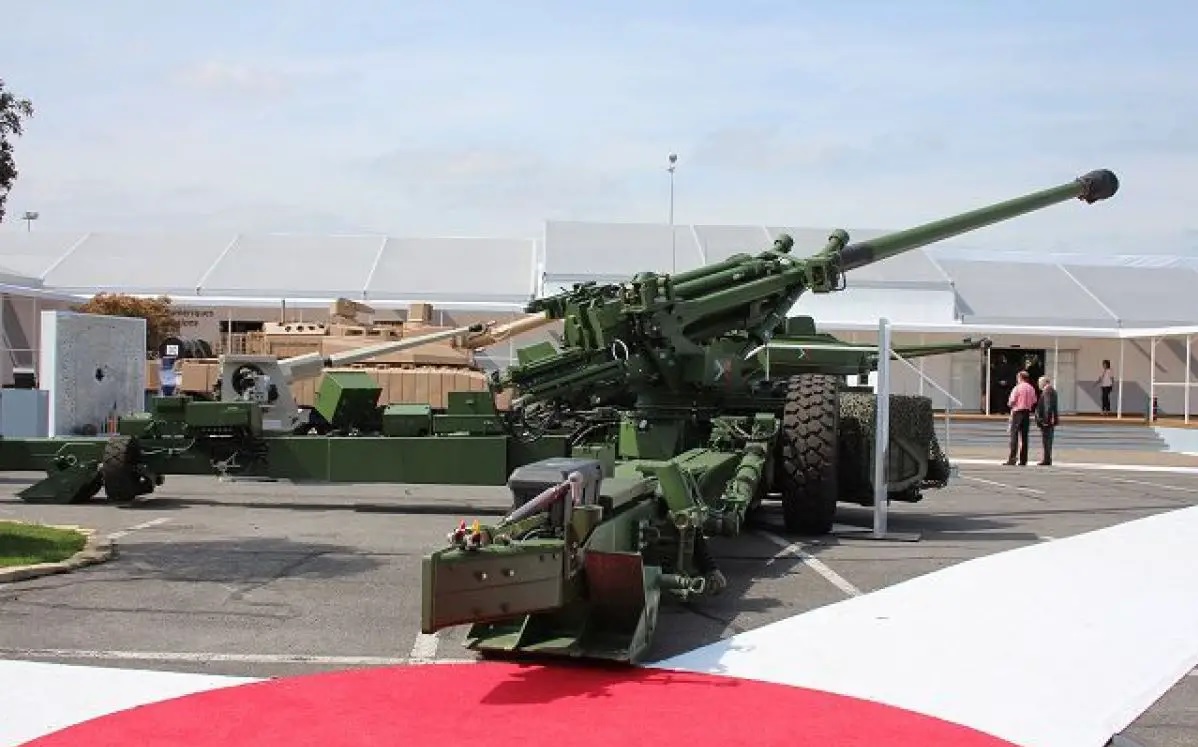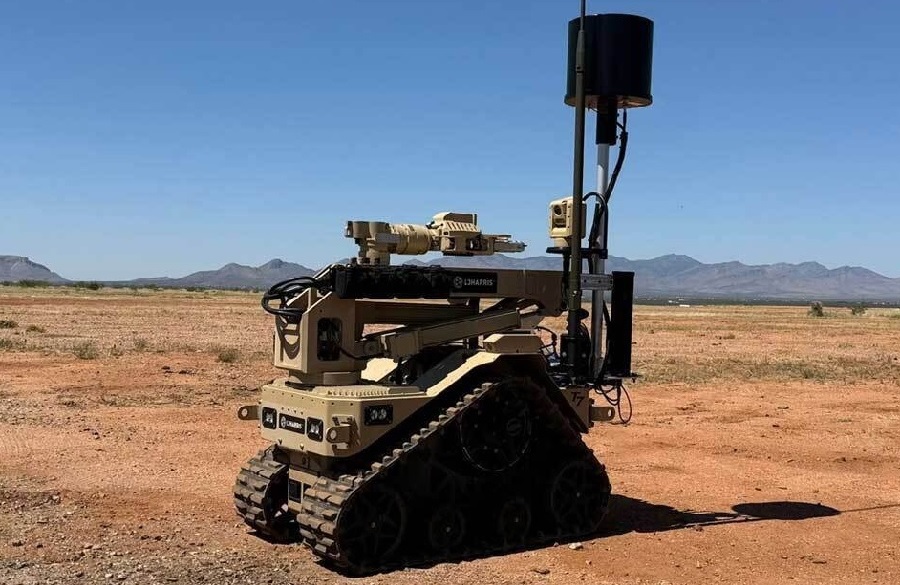Humanoid Robots Could Solve China’s Manufacturing Labor Crisis as Industry Looks to Automation

China's manufacturing sector is facing a critical labor shortage, but a new wave of automation may offer a solution. A Chinese robot maker, UBTech, has received over 500 orders for its humanoid robot, the Walker S1, from car manufacturers. This breakthrough development signals a shift toward automation in an industry where finding skilled labor is increasingly difficult.
The Walker S1, unveiled by UBTech earlier this week, is already making strides in several factories, including those of BYD, the world’s largest electric vehicle producer. These robots are designed to work seamlessly alongside unmanned logistic vehicles and intelligent manufacturing systems, creating an unprecedented level of automation in large-scale operations. In fact, UBTech claims that it is the first in the world to introduce humanoid robots working in tandem with such systems.
The challenge of meeting China's manufacturing demands is becoming more urgent. In 2017, the Ministry of Human Resources and Social Security predicted that major industries, including automotive manufacturing, would face a shortage of 30 million workers by 2025. Compounding the issue, recruitment demand in the new energy vehicle sector has surged by 32% year-on-year in 2023, according to a report from the China Centre for Information Industry Development. Despite this growing demand, China’s vocational education system has struggled to produce enough skilled workers to fill the gap. Meanwhile, university graduates typically steer clear of blue-collar roles, leaving many manufacturing positions unfilled.
UBTech's Walker S1 presents a potential game-changer in this context. This humanoid robot stands at 172 cm (about 5.6 feet) and weighs 76 kg (167 pounds), making it comparable in size to a human. The robot can perform a wide range of tasks typically assigned to human workers in manufacturing settings. From visual quality inspections to carrying parcels, using electric screwdrivers, and assembling components, the Walker S1 is versatile and highly adaptable. It is designed to reduce reliance on human labor by taking over tedious, repetitive, and potentially hazardous tasks in the factory.
According to UBTech’s chief brand officer, Tan Min, robotic arms currently handle around 70% of the workload in automated factories, while the remaining 30% is left to humans. UBTech's vision is to reduce that human labor share to just 10%, allowing workers to focus on more specialized tasks like tool management and collaboration with machines. In the near future, humanoid robots like the Walker S1 could replace up to 20% of the workload in automated factories.
One of the key benefits of humanoid robots in manufacturing is their ability to alleviate physical strain on human workers. Long-term exposure to heavy lifting, repetitive motions, and toxic substances poses significant risks to workers’ health. By taking over these demanding tasks, robots like the Walker S1 can help protect workers from injury and burnout.
UBTech’s ambitious plans have caught the attention of several leading companies. Beyond its work with BYD, the Walker S1 is also being integrated into the operations of major automobile manufacturers such as state-owned Dongfeng Motor, FAW-Volkswagen, and Geely. Additionally, UBTech has partnered with electronics giant Foxconn and logistics company SF Express, further expanding the robot's reach into large-scale industrial operations.
UBTech, which is backed by Chinese tech conglomerate Tencent, made its debut on the Hong Kong stock exchange in December. As the company continues to innovate, its Walker S1 robot could become a cornerstone of China’s strategy to tackle labor shortages and improve efficiency in its manufacturing sector. The ongoing development of humanoid robots is not just about easing the burden on the workforce—it’s about transforming the future of manufacturing by blending human ingenuity with cutting-edge technology.
With China facing a looming labor crisis and automation becoming more essential than ever, the rise of humanoid robots like UBTech’s Walker S1 could mark the beginning of a new era for the nation’s manufacturing industry. These robots offer a tangible solution to the labor shortage, while also paving the way for a more automated and efficient industrial landscape.


